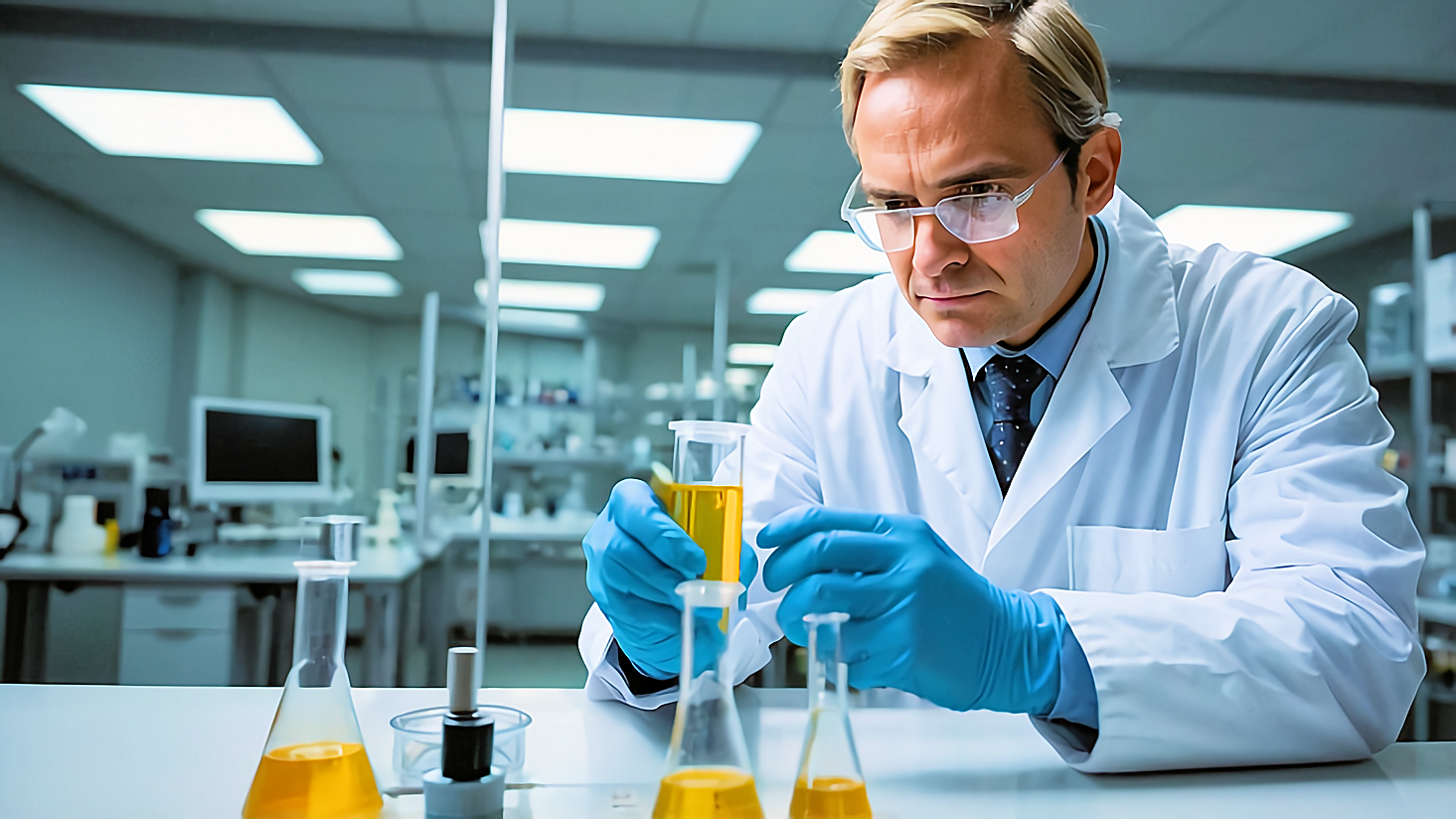The Science of Urine: A Perfect Match for ZeroFlush Waterless Urinals
Rethinking Urine: Nature's Unlikely Role in Sustainable Sanitation
For years, people believed urine was sterile, even drinkable in survival scenarios. But the truth is more nuanced—and far more helpful.
While urine isn’t sterile, it’s surprisingly clean. It’s 95% water, making it an ideal candidate for an environmentally smart innovation: ZeroFlush waterless urinals.
The Science of Urine: What's Actually in Urine?
Let’s be honest—it’s not glamorous. But it is fascinating:
💧 Water – 96%, to be exact.
🧪 Urea & Creatinine – the body’s way of filtering waste from the blood.
⚡ Electrolytes – like sodium and potassium, also found in sports drinks.
🧴 Toxins & Metabolites – leftovers from medications, alcohol, vitamins, and more.
While urine contains bacteria (mostly picked up as it exits the body), it is far less contaminated than you’d think, making it perfect for ZeroFlush’s technology.

How ZeroFlush Works with Nature, Not Against It
With traditional water flushing urinals, flushing means wasting clean, drinkable water every time.
ZeroFlush turns this on its head.
Our urinals are completely waterless, using the urine’s properties to work with gravity and an innovative trap system. Here’s how:
🛠 Trap Insert & EnviroSeal – guide urine into drainage systems while preventing unpleasant odours from escaping.
🌿 Natural Odour Barrier – a plant-based, biodegradable oil floats atop urine, sealing odours without harsh chemicals.
The ZeroFlush Advantage
🌊 Massive Water Savings
Each urinal saves up to 150000 litres of fresh drinking water annually—the equivalent of three large swimming pools. Multiply that across your facility, and you’re making a profound environmental impact.
🧼 Odour-Free Design
With no splashing water or urinal cakes, ZeroFlush remains clean and odourless using only natural oil and dry surfaces.
🔧 Low Maintenance, Long Life
With no flush valves, no electronic parts, no moving parts, and service intervals of up to 15,000 uses, our urinals cut down your operating costs.
♻ Sustainable Materials
Everything is built to last—often 25 years or more- from high-grade vitreous china to 100% recyclable components.
What Our Clients Say
“We installed ZeroFlush units across our office blocks during a water restriction period. The savings have been phenomenal—and they still smell fresh, even without water.”
— Facility Manager, Brisbane
“We were sceptical initially, but ZeroFlush delivered exactly what they promised. Low maintenance, no odours, and the environmental benefit was immediate.”
— Property Owner, Melbourne
“The design is brilliant. We save on water, chemicals, and time. Our cleaning staff love them too—far less mess!”
— Operations Director, Sydney
FAQS: Your Top Questions, Answered
💡 Is urine clean enough for waterless systems?
Yes. While not sterile, urine is 95% water. ZeroFlush is designed to handle it safely and hygienically, using innovative engineering to isolate odours and bacteria.
💰 How much will I save?
On average, each unit saves 150,000 litres of water annually. Depending on local water rates, this can translate to hundreds or thousands of dollars saved annually, especially in high-traffic buildings.
🛠 How often does maintenance need to be done?
Servicing is needed only after around 15,000 uses. Depending on footfall, that’s months—sometimes a year—between servicing.
🌿 Are they better for the environment?
Absolutely. Less water use, no harsh chemicals, no urinal mats, and lower carbon emissions. It’s a win across the board.
🚻 Do they smell worse than regular urinals?
Not at all. Our operating systems and dry surface design stops smells at the source. No more water spray = fewer bacteria.
It's Time to Flush the Flushing
By understanding the science of urine, ZeroFlush has redefined what it means to be clean, efficient, and environmentally responsible.
If you manage a facility in Australia—a commercial property, shopping centre, stadium, or educational campus—it’s time to stop wasting water and use your resources wisely.
Explore ZeroFlush today and make the switch to a more sustainable male public toilet experience.
